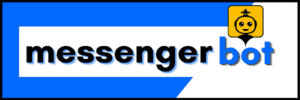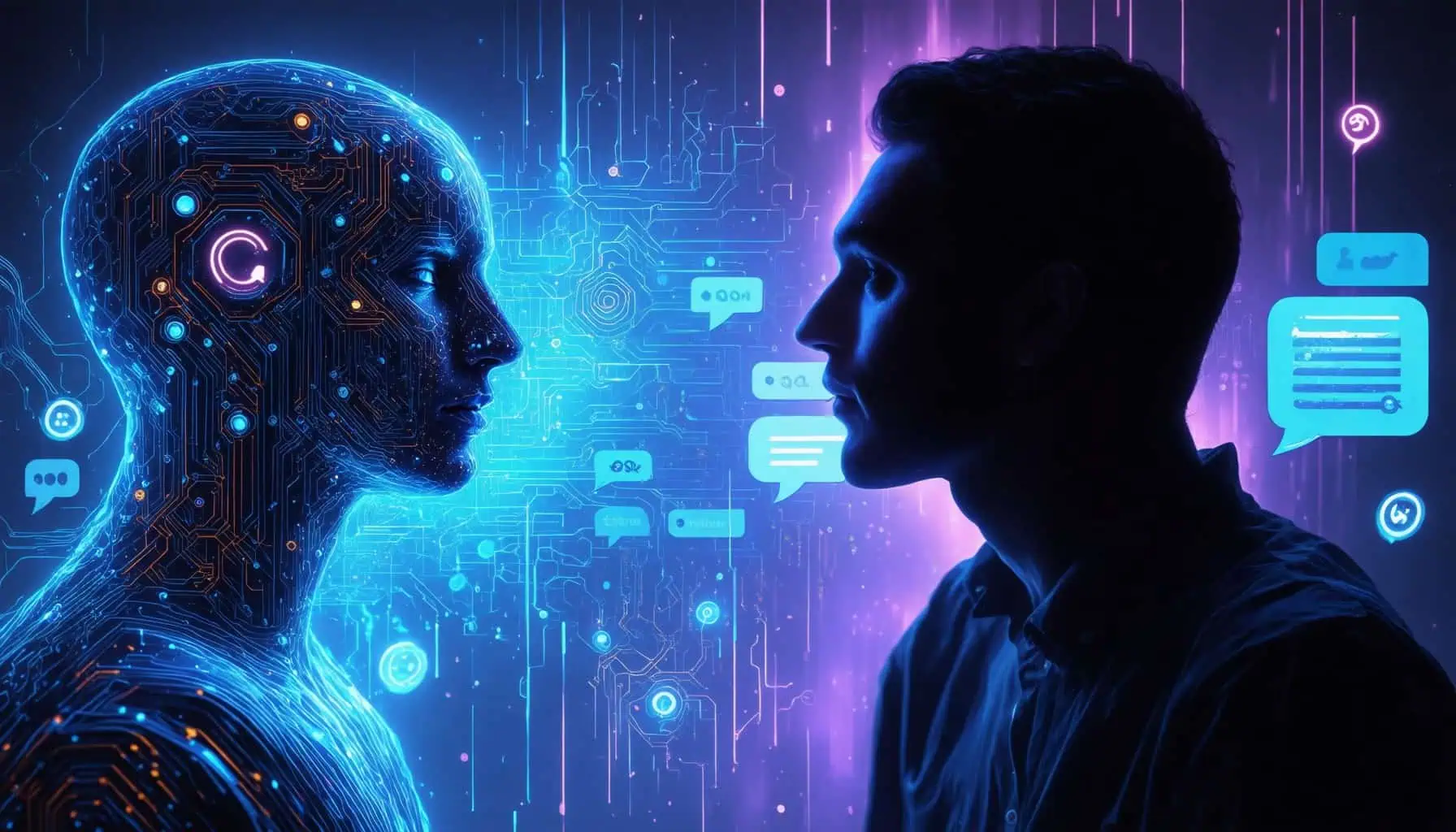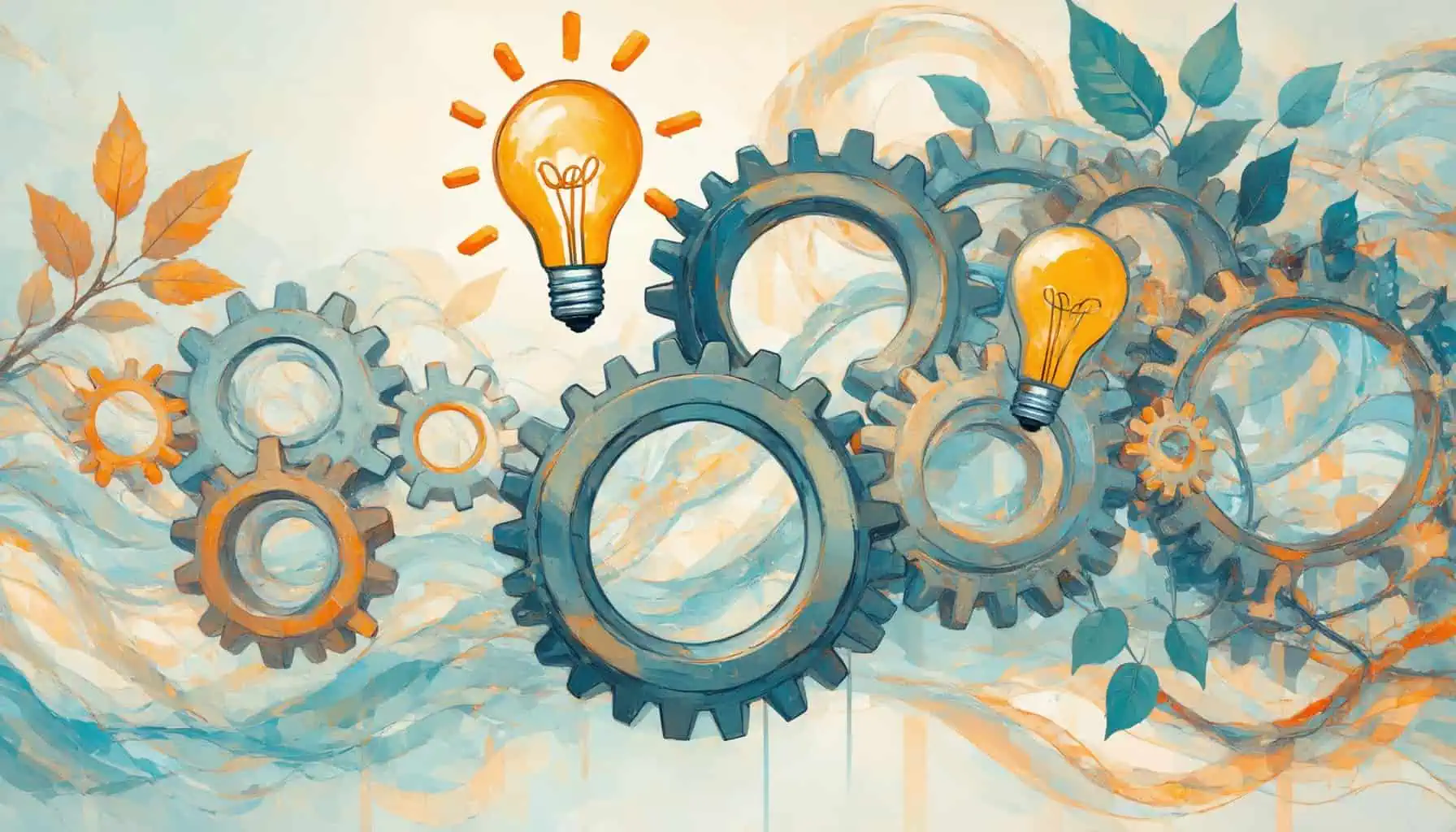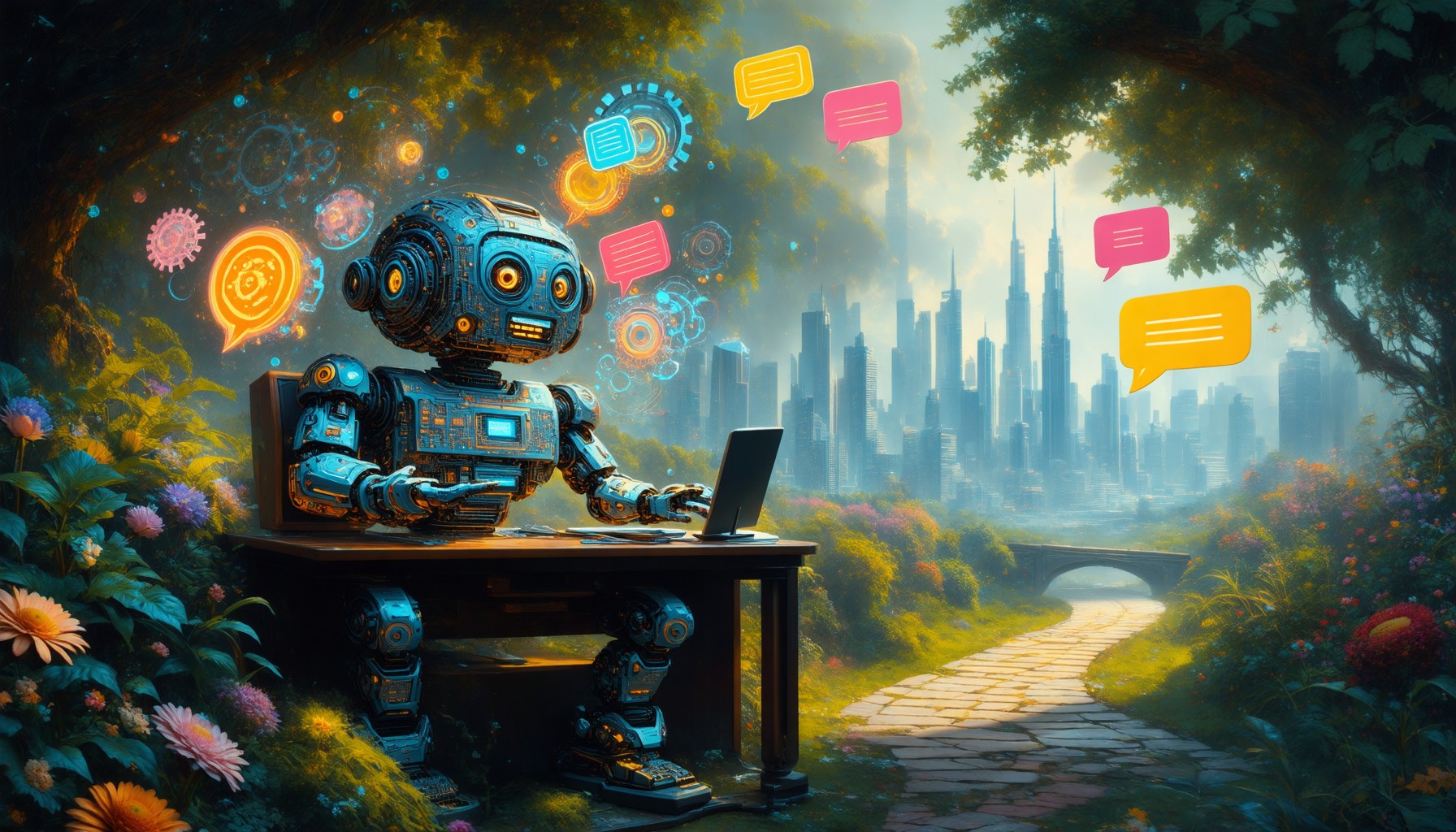关键要点
- 理解 Facebook bots is essential for effective online communication and user experience.
- Key indicators to identify bots include limited interaction, generic responses, 和 profile characteristics.
- Facebook Messenger 机器人 enhance user engagement by providing automated customer support and personalized recommendations.
- Use tools like Facebook’s 举报 feature to manage unwanted bots and maintain a healthy online environment.
- 通过像Messenger Bot这样的服务提升你的数字存在,可以让你在竞争中大幅领先。 functionality of bots can help users navigate interactions more confidently and securely.
In the ever-evolving landscape of social media, understanding what are Facebook bots has become essential for users navigating their online interactions. These automated entities can enhance user experience but can also lead to confusion, especially when they infiltrate personal conversations. This article will delve into the intricacies of Facebook bots, exploring how to identify them in your chats and the various functionalities they serve. We will cover key aspects such as how to tell if someone is a bot on Facebook, the characteristics that distinguish Facebook Messenger上的聊天机器人, and visual indicators that can help you spot these digital impersonators. Additionally, we will discuss effective strategies for managing unwanted bots and the role they play in Facebook Messenger. By the end of this article, you will be equipped with the knowledge to recognize and navigate the world of Facebook bots with confidence.
What are Facebook Bots?
Facebook bots are automated programs designed to interact with users on the platform, primarily through Messenger. These bots utilize artificial intelligence to manage conversations, respond to inquiries, and perform various tasks without human intervention. Their primary purpose is to enhance user engagement by providing instant responses and facilitating communication between businesses and their customers. Understanding what these bots are and how they function is essential for identifying them in your conversations.
您如何判断某人在 Facebook 上是否是机器人?
To determine if someone is a bot on Facebook, consider the following indicators:
- 互动有限: Bots can accept friend requests but often lack the ability to engage in meaningful conversations. Send a direct message; if the response is generic or absent, it may indicate a bot.
- Profile Activity: A significant sign of a fake account is a lack of activity. Check for a blank profile or minimal posts. Genuine users typically share photos, status updates, or engage with friends regularly.
- Friend Count: Bots often have an unusually high number of friends or followers compared to their activity level. If the account has thousands of friends but minimal engagement, be cautious.
- 个人资料信息: Look for incomplete or suspicious profile details. Bots may have generic names, stock photos, or profiles that lack personal information.
- 内容质量: Assess the quality of posts. Bots often share low-quality content, spam, or repetitive messages. Authentic accounts usually post varied and personal content.
- 互动模式: Bots may exhibit unusual engagement patterns, such as liking or commenting on posts at odd hours or in rapid succession. Genuine users typically have more natural interaction rhythms.
- Use of Messenger Bots: Some accounts may utilize Messenger Bots for automated responses. If the account responds instantly with scripted replies, it could be a bot. However, not all automated responses indicate a fake account; businesses often use them for customer service.
For further verification, you can use tools like Facebook’s “Report” feature to flag suspicious accounts, which helps maintain community integrity. According to a report by the 皮尤研究中心, nearly 70% of users have encountered fake accounts, highlighting the importance of vigilance in identifying bots.
Facebook Messenger 上的机器人是什么?
Bots on Facebook Messenger are specialized automated systems designed to facilitate communication between users and businesses. They can handle a variety of tasks, from answering frequently asked questions to providing personalized recommendations based on user preferences. These bots leverage AI technology to enhance the user experience by delivering timely and relevant information.
Messenger bots can be integrated into various business strategies, allowing for:
- 自动回复: Providing instant replies to user inquiries, improving response times and customer satisfaction.
- 潜在客户生成: Engaging potential customers through interactive conversations, helping businesses capture leads effectively.
- 多语言支持: Communicating in multiple languages to cater to a diverse audience, enhancing global reach.
Understanding what are Facebook Messenger bots and their functionalities can empower users and businesses alike to utilize them effectively, ensuring a seamless communication experience.
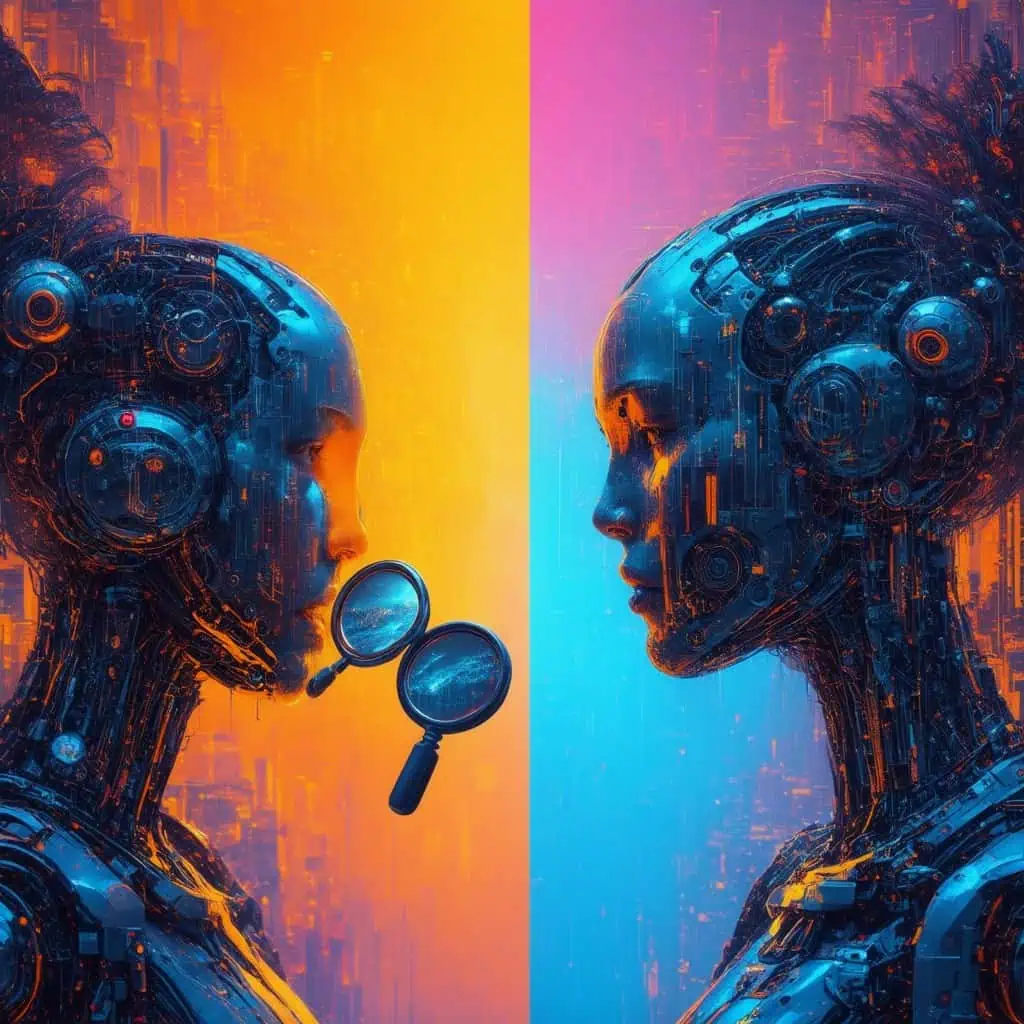
What are Facebook Bots?
Facebook bots are automated programs designed to interact with users on the platform, primarily through Messenger. These bots utilize artificial intelligence to manage conversations, respond to inquiries, and perform various tasks without human intervention. Understanding what Facebook bots are and how they function is essential for navigating interactions on the platform effectively.
您如何判断某人在 Facebook 上是否是机器人?
To determine if you are conversing with a bot, consider the following indicators:
- Lack of Emotional Understanding: Bots typically struggle to interpret and respond to emotional nuances. If your conversation partner fails to recognize sarcasm, humor, or emotional cues, it may be an AI.
- 重复的回复: AI bots often provide similar answers to different questions. If you notice a pattern in the responses that seem generic or scripted, it’s likely you’re interacting with a bot.
- 有限的上下文意识: Bots may not remember previous parts of the conversation or fail to connect contextually relevant information. If the responses seem disjointed or irrelevant to earlier messages, this is a strong sign of a bot.
- 无法回答复杂问题: If your inquiries require nuanced understanding or critical thinking and the responses are overly simplistic or vague, you might be chatting with an AI.
- 响应速度: Bots can respond almost instantaneously, while human responses may take longer due to thought processing. If replies are immediate and lack hesitation, it could indicate a bot.
- Grammar and Syntax: While many bots are programmed to use correct grammar, they may still produce awkward phrasing or overly formal language that feels unnatural in casual conversation.
如需进一步见解,请考虑探索来自信誉良好的来源的资源,例如 人工智能促进会(AAAI) and research articles on human-computer interaction. Understanding these characteristics can help you discern whether you’re engaging with a human or an AI bot.
Facebook Messenger 上的机器人是什么?
Bots on Facebook Messenger are specialized tools designed to enhance user interaction by automating responses and managing conversations. These bots can handle a variety of tasks, from answering frequently asked questions to facilitating transactions and providing personalized recommendations. By leveraging AI technology, 通讯机器人 can streamline communication, making it more efficient for businesses and users alike.
Understanding the role of bots on Facebook Messenger is crucial for both users and businesses looking to optimize their engagement strategies. For more detailed insights on how these bots operate, check out What is a Facebook Bot.
Understanding the Functionality of Facebook Bots
Facebook bots, particularly those operating within Messenger, play a crucial role in enhancing user interactions. They are designed to automate responses, streamline communication, and provide real-time assistance. Understanding how to check if you are talking to a bot can significantly improve your online experience. Here are some key indicators to help you identify whether you’re engaging with a bot:
How do you check if you are talking to a bot?
- Response Time: Bots typically respond instantly or within a few seconds. If you receive a reply almost immediately after sending a message, it’s likely a bot.
- 回复的一致性: Bots often provide consistent answers to similar questions. If the responses seem overly scripted or lack personalization, you might be chatting with a bot.
- 理解能力有限: If the conversation veers off-topic and the responses become irrelevant or nonsensical, it’s a strong sign you’re interacting with a bot.
- Predefined Options: Many bots offer predefined options for users to choose from. If you’re prompted to select from a list rather than having an open-ended conversation, it’s likely a bot.
What do bot accounts look like?
Identifying bot accounts on Facebook can be straightforward if you know what to look for. Here are some common characteristics:
- Username Characteristics: Bot accounts often have random or generated usernames that lack personal significance. Look for unusual combinations of letters and numbers.
- 个人资料图片: Many bots use generic images or stock photos as profile pictures, which can be a red flag.
- 互动模式: Bots typically exhibit low engagement rates, such as minimal likes or comments on their posts, despite having a large number of followers.
- 内容质量: The content shared by bots is often repetitive or lacks originality, contrasting with authentic accounts that share unique and engaging posts.
Understanding the Functionality of Facebook Bots
Facebook bots, particularly those operating within Messenger, are designed to streamline communication and enhance user engagement. These automated systems can handle a variety of tasks, from answering frequently asked questions to providing personalized recommendations. Understanding how to check if you are talking to a bot can help you navigate your interactions more effectively.
How do you check if you are talking to a bot?
Identifying whether you are conversing with a bot on Facebook can be straightforward if you know what to look for. Here are some key indicators:
- Response Time: Bots typically respond almost instantly, while human responses may take longer.
- 重复的答案: If the responses seem scripted or repetitive, it’s likely you’re interacting with a bot.
- Lack of Contextual Understanding: Bots may struggle with nuanced questions or follow-up inquiries, often providing generic answers.
- 个人资料特征: Check the profile of the account. Bots often have minimal information, few friends, or generic profile pictures.
For more detailed insights on identifying bots, you can explore our guide on What is a Facebook Bot.
What do bot accounts look like?
Bot accounts on Facebook can exhibit several distinct characteristics that set them apart from genuine user profiles. Here are some common features:
- Generic Names: Many bots use names that are common or generic, lacking personal identifiers.
- Limited Activity: Bot accounts often have minimal posts or interactions, focusing primarily on automated messaging.
- Unusual Engagement Patterns: If an account frequently comments on posts with generic phrases or links, it may be a bot.
- 个人资料图片: Bots might use stock images or avatars instead of real photos, which can be a red flag.
Understanding these visual indicators can help you discern between real users and bots. For further exploration of bot functionalities, check out our article on How Messenger Bots Work.

Recognizing Bots in Conversations
Identifying bots in your conversations on Facebook can significantly enhance your online experience. Understanding how to recognize a bot is essential for maintaining meaningful interactions. Here are some effective strategies to help you spot a bot:
How to Recognize a Bot?
Bots on Facebook can take various forms, and recognizing them is crucial for maintaining a healthy online environment. Here are key indicators to identify Facebook bots:
- 不成比例的关注比例: A common characteristic of bots is having a significantly higher number of follows compared to followers. For instance, if an account follows thousands but has only a handful of followers, it is likely a bot.
- Excessive Promotional Posts: Bots often engage in posting or reposting content that is heavily promotional. These profiles typically lack original content and are filled with advertisements, links, and repetitive posts that do not contribute to meaningful engagement.
- Generic Profile Information: Many bots have incomplete or generic profile information. Look for profiles with stock images, vague bios, or no personal details that would typically be found in a genuine user profile.
- High Activity Levels: Bots may post or comment excessively within a short period. If an account is active at all hours and posts multiple times in quick succession, it could be automated behavior.
- 互动模式: Bots often engage in spammy interactions, such as liking or commenting on posts with irrelevant or nonsensical responses. This behavior can disrupt genuine conversations and community dynamics.
- Link Sharing: Accounts that frequently share links to suspicious websites or promote dubious products are often bots. These links may lead to phishing sites or scams, posing risks to users.
- Lack of Interaction: Genuine accounts typically engage with their followers through comments and messages. Bots, however, may have little to no interaction with other users beyond automated responses.
To combat the presence of bots, users can report suspicious accounts to Facebook, which employs various algorithms and user reports to identify and remove these profiles. Understanding these characteristics can help users navigate Facebook more safely and effectively.
Facebook Bot Free: Tools and Resources
To enhance your ability to identify and manage bots, several tools and resources are available. These can assist you in recognizing suspicious accounts and improving your overall experience on Facebook:
- Messenger 机器人教程: Explore comprehensive guides on how to effectively use Messenger Bots to streamline your interactions.
- 免费试用优惠: Test out Messenger Bot features to see how they can help you manage conversations and identify bots.
- Chatbots.org: A resource for chatbot information, providing insights into bot functionalities and best practices.
- 福布斯: Stay updated with business insights and trends related to social media and bots.
By leveraging these tools and understanding the characteristics of bots, you can create a more engaging and secure environment on Facebook.
Recognizing Bots in Conversations
Recognizing a bot can be challenging, but there are several key indicators that can help you identify automated systems effectively. Here are some comprehensive strategies to recognize a bot:
- 响应速度: Bots typically respond almost instantly to queries. If you notice a reply that comes too quickly after your message, it may be a bot.
- 重复的模式: Bots often use scripted responses. If the replies seem generic or repetitive, this could indicate that you are interacting with a bot rather than a human.
- Lack of Contextual Understanding: Bots may struggle with nuanced questions or context. If the responses seem off-topic or fail to address your specific inquiry, it’s likely a bot.
- Limited Personalization: Bots usually lack the ability to personalize conversations. If the interaction feels impersonal or lacks specific references to previous messages, it may be a bot.
- Inability to Handle Complex Queries: Test the system with complex or open-ended questions. Bots often fail to provide satisfactory answers to intricate queries, revealing their limitations.
- Use of Emojis and Casual Language: While some bots are programmed to use casual language, they often misuse emojis or slang. If the tone feels inconsistent or forced, it may indicate a bot.
- 检查拼写错误: Bots may produce responses with unusual grammatical structures or typos that are not typical of human conversation.
- 参与闲聊: Bots often struggle with small talk or personal anecdotes. If the conversation lacks depth or fails to engage in casual banter, it might be a bot.
For further reading on bot recognition and the technology behind them, you can refer to resources such as the 斯坦福哲学百科全书 on artificial intelligence and the latest research from the 人工智能促进会(AAAI). Understanding these characteristics can help you navigate interactions with automated systems more effectively.
Facebook Bot Free: Tools and Resources
To enhance your ability to identify and manage Facebook bots, several tools and resources can assist you. Here are some effective options:
- 机器人检测工具: 利用像 Chatbots.org to access information on various bots and their functionalities.
- 社区论坛: Engage in discussions on platforms such as 福布斯 和 HubSpot to learn from other users’ experiences with bots.
- Analytics Software: Implement analytics tools that can track user interactions and help identify patterns indicative of bot activity.
- Facebook Business Resources: Leverage the resources available on the Facebook商业 page to stay updated on best practices for managing bots.
By utilizing these tools and resources, you can effectively recognize and manage Facebook bots, ensuring a more authentic interaction experience on the platform.
What are Facebook Bots?
Facebook bots are automated programs designed to interact with users on the Facebook platform, primarily through Messenger. These bots utilize artificial intelligence to facilitate conversations, answer queries, and perform tasks without human intervention. They can handle a variety of functions, from customer service inquiries to providing information about products and services. Understanding what are Facebook Messenger bots is crucial for businesses looking to enhance their engagement strategies and streamline communication.
您如何判断某人在 Facebook 上是否是机器人?
Identifying a bot on Facebook can be straightforward if you know what to look for. Here are some key indicators:
- 响应模式: Bots often respond instantly and may provide generic answers that lack personalization.
- Repetitive Messages: If you notice the same phrases or responses being repeated, it’s likely you’re interacting with a bot.
- 个人资料特征: Many bots have incomplete profiles, lack profile pictures, or have generic names.
- 互动有限: Bots typically struggle with complex questions or nuanced conversations, often redirecting to FAQs or generic responses.
Facebook Messenger 上的机器人是什么?
Bots on Facebook Messenger are specialized tools that automate interactions within the Messenger app. They can perform various tasks, including:
- 客户支持: Bots can handle inquiries, provide troubleshooting assistance, and guide users through processes.
- 营销自动化: They can send promotional messages, updates, and personalized offers based on user behavior.
- 潜在客户生成: Bots can engage users in conversations that lead to capturing contact information and nurturing leads.
For businesses, utilizing 通讯机器人 can significantly enhance user engagement and streamline communication processes.
